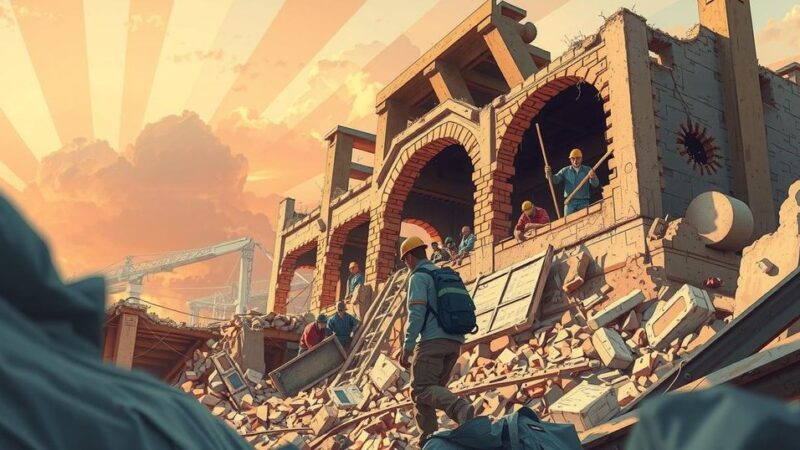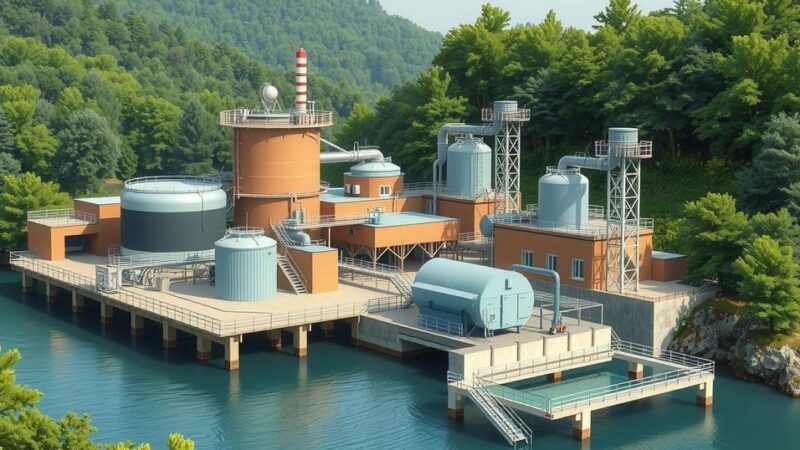Cyclone Chido devastated Comoros in December 2024, destroying homes and agriculture, leaving communities vulnerable. The government swiftly mobilized emergency support with the World Bank’s assistance and initiated the REPAIR program to enhance disaster preparedness and response in the region. The program’s activation highlighted the importance of rapid assistance and inter-agency coordination, paving the way for future climate resilience efforts.
The recent impact of Cyclone Chido on Comoros has revealed both challenges and the indomitable spirit of resilience within its communities. Following its landfall on December 14, 2024, the cyclone caused severe destruction, particularly in Anjouan and Mohéli, where homes were reduced to rubble, and families were rendered homeless. The damage to agriculture—vital for subsistence in Comoros—has compounded the despair, leaving lingering scars as the region remains vulnerable to future cyclones.
Comoros, located between Madagascar and Mozambique, is among the world’s most susceptible nations to climate-induced disasters. Approximately 54.2% of its populace resides in areas at high risk of such events. The rise in climate change-related incidents—such as cyclones and severe weather events—has disrupted not only the livelihoods of the impoverished but also jeopardized essential infrastructures and public services, thwarting hard-earned developmental efforts.
In response to the devastation wrought by Cyclone Chido, the Comorian government, with assistance from the World Bank, initiated an emergency relief operation providing food, water, and temporary shelters to those affected. This swift action was facilitated by Comoros’s emergency response system, which has evolved through lessons learned from past disasters, enabling rapid assistance during crises.
Furthermore, in September 2024, Comoros joined Madagascar and Mozambique in the Regional Emergency Preparedness and Access to Inclusive Recovery Program (REPAIR), which is a collaborative initiative aimed at enhancing climate disaster response across Africa. Funded by a $926 million commitment from the International Development Association and the Global Shield Financing Facility, REPAIR emphasizes a cooperative approach, allowing countries to pool resources and knowledge for improved disaster preparedness.
The activation of the REPAIR program during Cyclone Chido highlighted the significance of prompt and organized assistance. Effective coordination among various governmental agencies and communities was crucial in ensuring that aid reached those in need—supporting households, farmers, and small enterprises integral to recovery efforts. “No one ever knows when the next disaster will strike, but what we do know is that preparedness saves lives,” stated Boubacar-Sid, Country Manager for Comoros.
The resilience demonstrated by Comoros in the face of Cyclone Chido underlines the vital importance of disaster preparedness and cooperative frameworks. The aid mobilization through REPAIR exemplifies how timely and organized responses can alleviate the suffering inflicted by natural disasters. As Comoros continues to invest in climate resilience and shares its experiences with other African nations, it sets a precedent for collaborative adaptation strategies that can protect vulnerable populations in future calamities. Ultimately, building resilience must remain a collective and urgent priority across the region.
Original Source: www.worldbank.org






